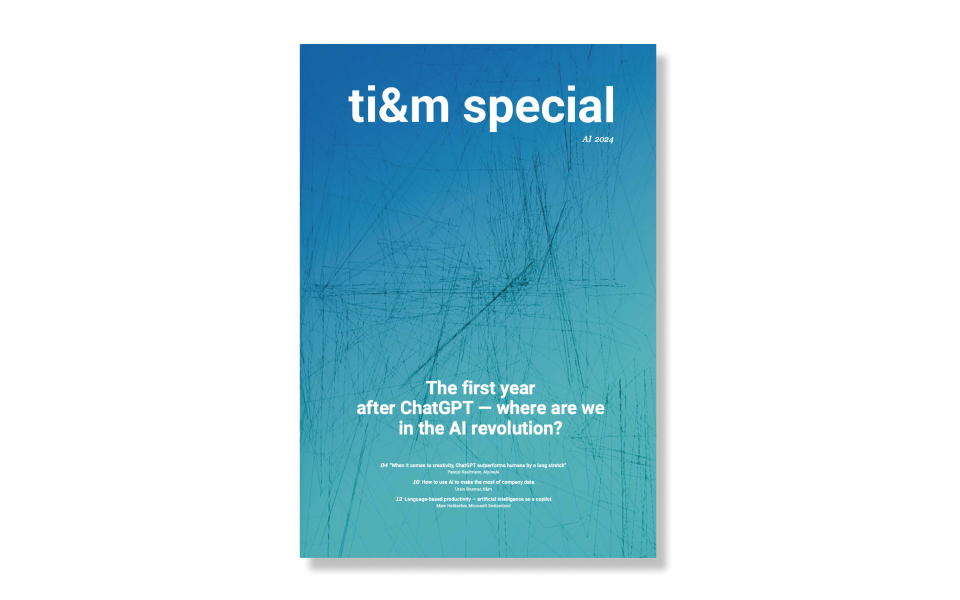Signing rental or employment contracts remotely, making a digital entry in the commercial register or opening a new bank account online — Swisscom Sign’s electronic signature simplifies official and business processes, and saves resources in terms of transportation and paper. Swisscom Sign is free to use for private, not-for-profit activities. For commercial use, each signature costs CHF 2.40.
Swap pen and paper for a smartphone and ID
To register for Swisscom Sign, all you need is a smartphone with the My Swisscom app and a biometric passport or ID card. The document you need to sign is then uploaded to the app or to sign.swisscom.ch, where it is electronically signed and then downloaded. If additional signatures are required, the relevant people can be invited via Swisscom Sign. As well as sign ing digital documents electronically, you can also scan and sign physical documents via the app. All signed documents are automatically deleted after 30 days. It goes without saying that the solution meets the highest security and privacy standards, with data stored exclusively in Switzerland. Swisscom Sign is based on the qualified electronic signature (QES), which is equivalent to a handwritten signature under Swiss law. This means that practically any contract or document that requires a handwritten signature can now be signed electronically. There are a few exceptions, such as where a handwritten signature or the presence of a notary is mandatory. It’s still not possible to digitalize these cases. The qualified electronic signature is valid in Switzerland and Europe.
AI-supported identification with ti&m
Swisscom Sign relies on ti&m online identification to issue a qualified electronic signature for the judicial areas of Switzerland and Europe. The service is seamlessly integrated into the signature process and verifies users who are not yet registered in line with the most stringent standards — a mandatory requirement to be able to issue qualified electronic signatures at all. For Switzerland, these standards are set out in the ESigA (Federal Act on Electronic Signatures), and for Europe they’re found in the eIDAS Regulation. ti&m online identification recognizes IDs and passports from over 40 countries and uses state-of-the-art technology to verify the user’s identity. The system is able to read the MRZ (machine readable zone) and the VIZ (visual inspection zone), and verifies the authenticity of the ID document in question using biometric identification and artificial intelligence.





